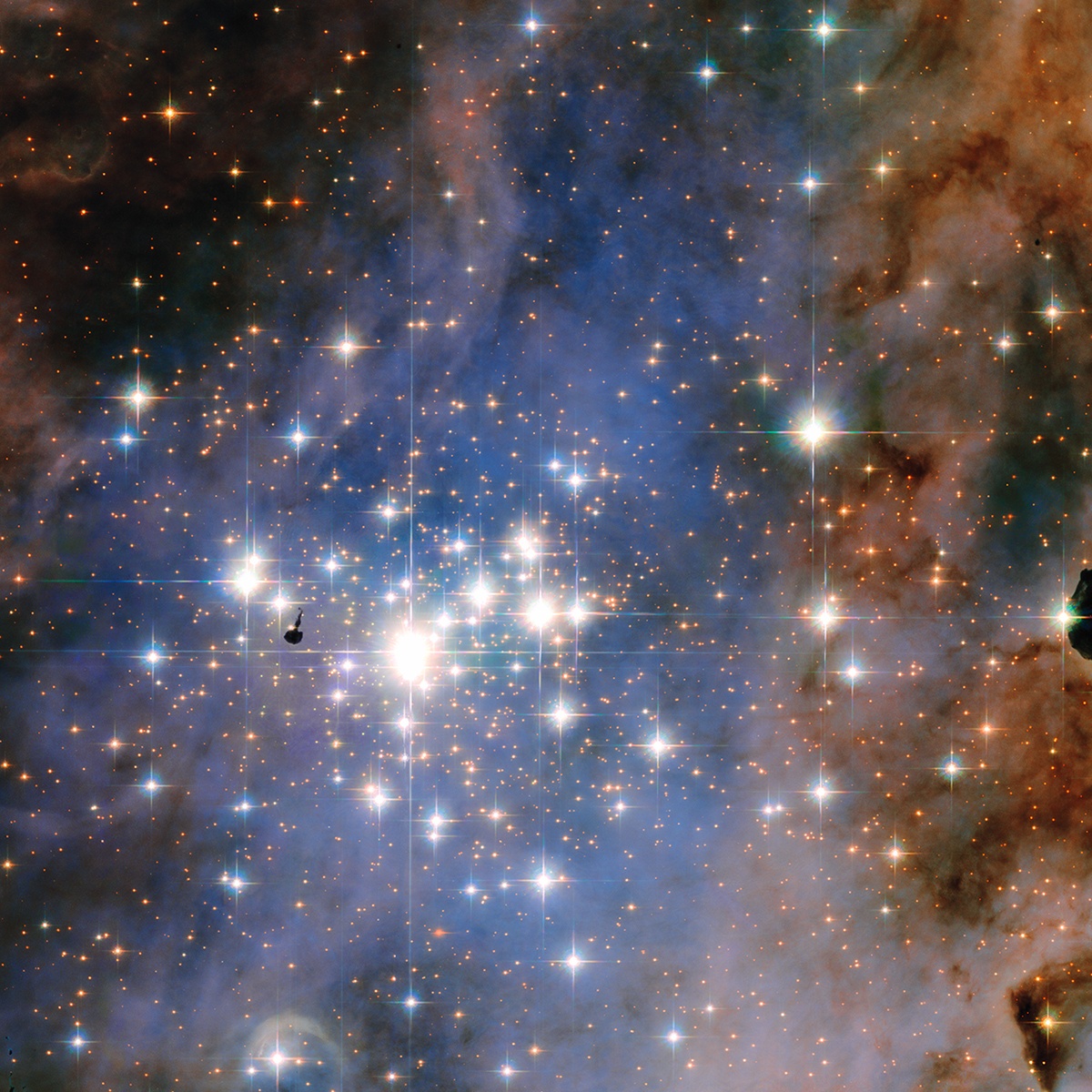
Hubble Space Telescope
@HubbleTelescope
Followers
420K
Following
689
Media
2K
Statuses
5K
A former account for the Hubble Space Telescope. For more about Hubble, follow @NASAHubble. For more on Hubble's science operations, follow @SpaceTelescope.
Joined June 2008
We’ve moved! For the latest updates on Hubble, please go to @nasahubble. For more on Hubble's science operations, please visit @spacetelescope.
3
18
158
#Hubble has spotted the farthest star ever seen! A lucky alignment and natural magnification made it possible for the telescope to see the star’s light, which took 12.9 billion years to reach Earth:
97
960
4K
#OnThisDay 26 years ago, Hubble pointed its instruments at a seemingly empty patch of sky near the Big Dipper. What Hubble found changed astronomy forever:
30
369
3K
Earlier today (December 31 at 9:20:31 am ET), Hubble marked one billion seconds—nearly 32 years—since it began its quest of cosmic discovery!. Credit: NASA. #HappyNewYears
20
325
2K
Happy #WorldStorytellingDay! The Orion Nebula has inspired many stories and ideas about change and creation, from the origin of the Maya in Mesoamerica to the formation of new stars and heavy elements. Trace the story of observing Orion: #ViewSpace
14
231
2K
Decisive evidence for supermassive black holes is one of Hubble’s most significant scientific accomplishments. This 1994 image shows a huge jet emanating from a spiraling disk of hot gas around the black hole in galaxy M87: #FBF
14
195
1K
Like a celestial snow globe ❄️, the stars of Messier 5 seem to swirl and sparkle in honor of the holiday season. More than 100,000 stars are scattered across this Hubble image. #MomentOfZen Credit: ESA/Hubble and NASA.
9
205
1K
This account will be closed soon, but you can follow NASA’s official Hubble account @NASAHubble to get the latest news from the mission. Plus, follow along for award-winning videos and image sonifications like this one, showing the Pillars of Creation. And to see how great
23
224
1K
#NationalHatDay: One of the most famous “hats” in the cosmos might be the Sombrero galaxy, seen here in visible and infrared light thanks to the joined forces of Hubble and the Spitzer space telescopes:
16
234
1K
This ancient “tapestry” isn’t on show @ngadc, it’s 170,000 light-years away! The scene is shaped by massive stars. They carve pillars, ridges, and valleys among the gas and dust. Explore the science of this scene:
10
172
1K
Need some #inspo? The ripples in this image will continue to expand for millions of years! This is a 1995 Hubble image of the Cygnus Loop, an expanding blast wave from a supernova explosion that occurred about 20,000 years ago. See the “steps”:
7
170
1K
Light from the star V838 Monocerotis’ eruption is moving outward through space, illuminating the interstellar dust surrounding it. Experience the unusual variable star for yourself with our interactive. #Viewspace.
5
154
994
A sandstorm on Arrakis, the desert planet from Frank Herbert’s #Dune? Nope! Ironically, this region in space has the watery name of the Lagoon Nebula. Taken by Hubble in 2010, this photo features swaths of dust as well as glowing hydrogen and nitrogen gas. Credit: NASA, ESA.
13
145
997
This Hubble image of a supernova remnant resembles a marigold, a flower commonly used to commemorate #DiaDeLosMuertos, a holiday honoring the dead in Mexico. This remnant is all that remains of a massive star’s explosion in the Large Magellanic Cloud:
19
149
927
In honor of the #WinterSolstice, we present this glittering tapestry of stars in the Carina Nebula, which has one of the highest concentrations of massive, luminous stars in our entire Milky Way galaxy. What is the small, dark knot (left of center)?
24
150
927
The shining pearl, a star at the center of NGC 1501’s shells of gas, evokes the image of an oyster, which inspired the nebula’s nickname. Astronomers have identified the star as a variable star— one that pulsates over time. #NationalOysterDay Credit: NASA/ESA.
8
175
908
The mystery case was called Frontier Fields, investigated by astronomer-detectives starting #OnThisDay in 2013. This image shows a natural magnifying glass 🔎 that boosted Hubble’s ability to gather clues about the early universe. The game's afoot!
6
138
876




























































































